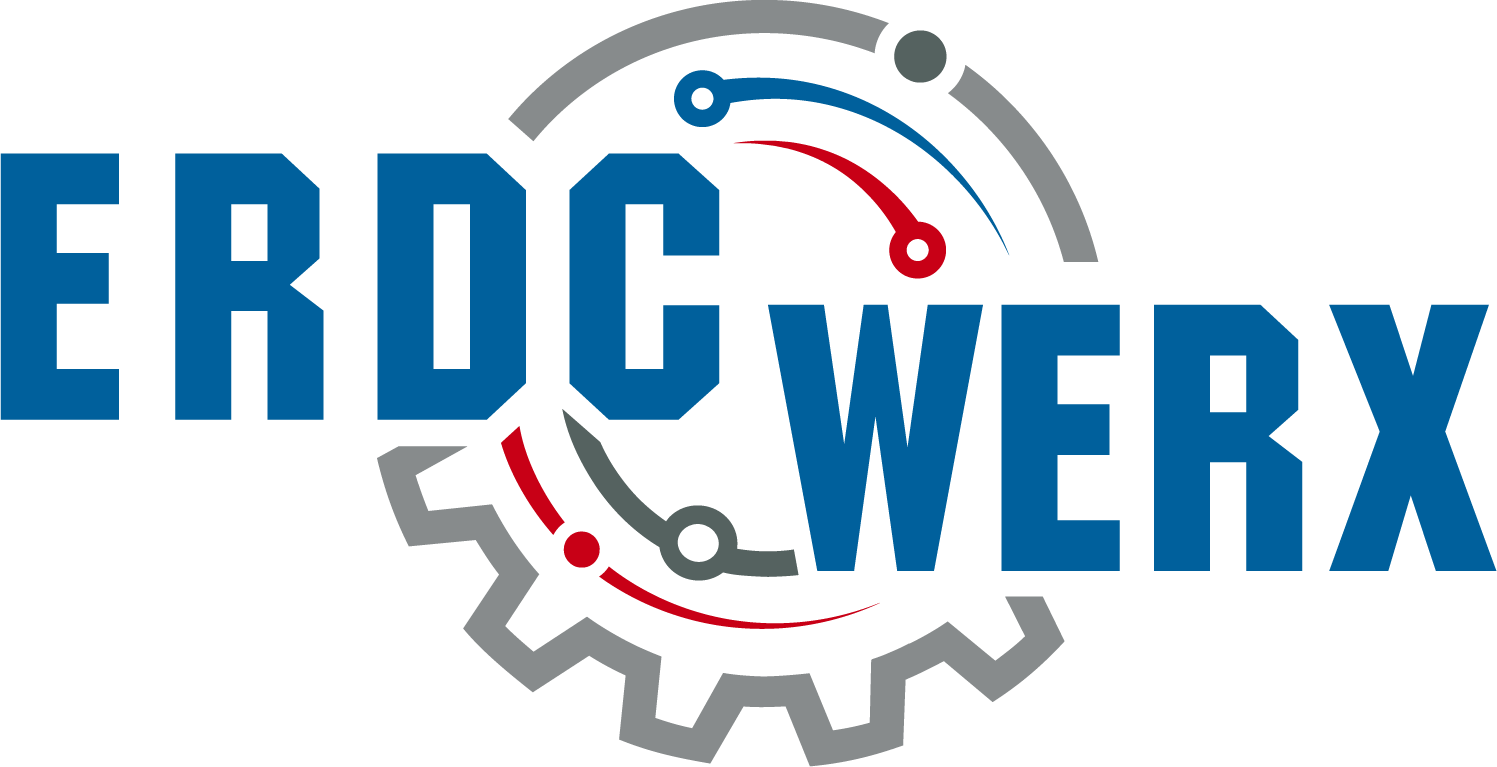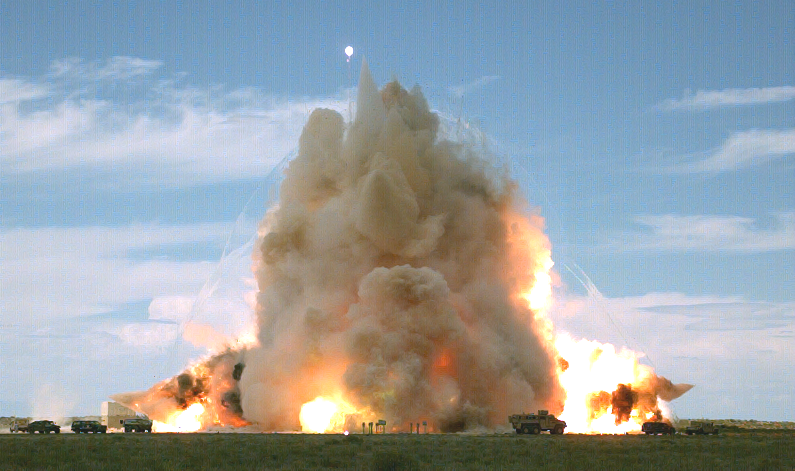Propose Novel Concepts for Potential Collaboration
The U.S. Army Engineer Research and Development Center (ERDC) engages in research that addresses some of the world’s toughest Military Engineering (ME) challenges. As a result, ERDC is requesting white papers in response to this Broad Other Transaction Authority Announcement (BOTAA).
The ME business area provides innovative technologies and capabilities to the warfighter in order to enable force protection and maneuver. Utilizing the authorization under 10 U.S.C 4022 to award prototype and production other transactions will give ERDC the flexibility to develop and deliver innovative solutions to these challenges by ensuring timely access to state-of-the-art technology through a multitude of teaming arrangements tailored to the particular project.

Technologies, components, systems, materials that reduce manpower, logistical requirements or equipment hours and improve the survivability of individuals and small units, individual or crew-served fighting positions, platform fighting positions, semi-fixed assets, observation/combat outposts or contingency bases. Prototype processes including planning tools and Tactics, Techniques and Procedures (TTPs) integrating force protection needs for quicker more effective setup and reuse / retrograde of materials. Technologies to enable or improve overwatch, security, perimeter security, port security, border security, de-escalation/turnover, surveillance, and warning.

Technologies, components, systems, and materials at the Unit and System level provide the ability to detect, disable, survive, and/or defeat, and to determine the threat that enemy weapon systems pose. Survivability efforts include research and prototype activities to improve and enhance the capability and effectiveness in areas of key infrastructure hardening/retrofit, camouflage, detectability, susceptibility, vulnerability, and recoverability. Technologies include the protection of personnel, critical assets, and facilities from a range of threats including unconventional, conventional, and advanced threats.

Technologies, components, systems, and materials to detect, assess, and persistently monitor threats and critical infrastructure in all environments including urban, subterranean, and complex terrain to increase awareness and enable faster decisions. Integrate geophysical sensors, sensor systems, and unmanned systems with natural terrain to obtain automated fusion creating an in-depth Common Operating Picture for super and sub-surface movement, maneuver, and force protection planning. Integrates sensors, sensor systems, and unmanned systems with automated fusion creating a Common Operating Picture for integrated force protection, maneuver and defense planning.

Technology and processes that are relevant to a strategic, operational, and tactical analytical framework for understanding anti-terrorism/force protection posture, population, and infrastructure disruption from combat, humanitarian, and other disaster situations. The prototype framework supports the military assessment of mission assurance, population vulnerability, and resilience disruptors, such as combat, disaster, disease, etc., for various environments.

Technologies to enable and integrate materials-by-design capability as well as new materials and components for advanced force protection for domestic and foreign protective construction. Computational methods to simulate technologies that detect activities in above/below ground and maritime avenues of approach. Technologies will enable virtual material synthesis and optimization to predict system performance, environmental impact/scene clutter on sensor performance, structural response to weapons effects, level of protection, and scalability. Technologies and systems include models, surveillance, countermeasures, and targeting in dynamic multi-domain environments.

Technologies, systems, and materials to accelerate manned and unmanned platform development, integrate autonomous systems at all levels of operation, execute tactical reconnaissance and real-time mobility predictions to increase mobility and optempo of manned and unmanned ground and watercraft systems in complex environments and through challenging terrain. Technologies to clear or breach obstacles, cross gaps and rivers, improve combat roads/trails, improve vehicle/soil interaction and traction, and detect dynamic mobility hazards in complex environments. M&S enabled analytical tools for predicting the mobility performance of ground vehicles and watercraft in a wide variety of weather and terrain conditions. Technologies to enable autonomous systems assured mobility and situational awareness in various dynamic terrain and environment.

Technologies that are relevant, enable support or complement systems or weapon systems for the DoD and Joint Force. This includes but is not limited to: Combat Engineering; Mobility Obstacles; Explosive Effects; Breaching; Materials; Manufacturing and Process Technologies; Engineering Services, Modeling and Simulation and Virtual Prototyping; Operational Energy; Autonomous Systems; Prime Power; Engineer-related Environmental Technologies; and Engineer mobility, counter mobility, and survivability technologies, other Engineer Technology Enablers.

Technologies, systems, materials, and planning tools to conduct technical reconnaissance, assessment, construction, maintenance, repair, restoration, and upgrade of infrastructure critical to Force Projection, transportation, and global theater access. Prototypes include remote sensing, on-site tactical, derived and experimental methods for estimating engineering attributes and properties of soils, ice and snow, pavements, matting, natural terrain, bathymetry, river currents, port depths, coastal regions, airfields, road/rail networks, bridges, and other infrastructure.

Materials and equipment solutions to rapidly assess the condition of existing infrastructure, rapidly repair damaged infrastructures, and rapidly construct new infrastructures such as pavements, bridges, railways, ports, and airfields. Prototypes include advanced physics-based technologies for measuring layer thicknesses, layer strength parameters, rail capacity, pier capacity, bridge structural capacity, and critical engineering properties for engineering analyses. Prototypes also include new advancements in repair equipment solutions and packaging of technologies into prototype kits for technology transition.

Prototypes include software development solutions to integrate advanced engineering algorithms for the evaluation, design, repair, and operation of critical infrastructure systems to support force projection and maneuver support planning. Prototype software systems will be used to demonstrate the research results through the integration of new analytical methods into practical maneuver solutions using prototype software tools and decision aids.
This announcement is continuously open and considered a competitive process. Offerors may submit white papers against any focus area. White papers and subsequent proposals will be evaluated against the criteria stated in the announcement without regard to other submissions. The availability of funds may limit the ability of the government to make awards in specific areas, nevertheless, white papers are sought for the stated ME focus areas.
How to Participate
- Review the Military Engineering BOTAA
- Review FAQ
- Submit white paper
Questions: Please send all technical and administrative questions to [email protected]. Q&A will be updated periodically. It is the responsibility of the offeror to review Q&A prior to submitting a white paper.


